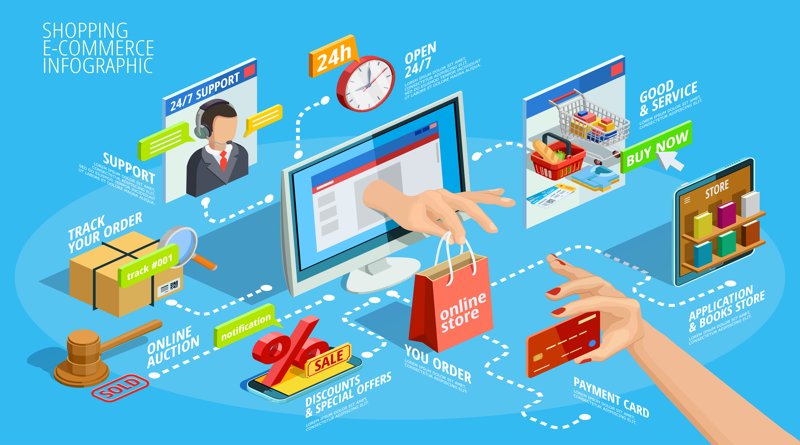In 2025, the e-commerce industry is projected to surpass $7.4 trillion globally, with Europe, India, and the USA leading in innovation and market share. For startups, seamless distribution is no longer optional—it’s a competitive necessity. A single delayed shipment or damaged package can cost up to 30% of customer loyalty, according to McKinsey. This guide provides a data-driven framework to evaluate courier services, balancing cost, speed, and sustainability for startups in key markets.
Why Distribution is the Backbone of E-Commerce Success
The four pillars of business—production, finance, marketing, and distribution—are interdependent. Yet, distribution uniquely shapes brand perception through direct customer interaction. In 2025, 67% of shoppers expect same- or next-day delivery, while 42% prioritize eco-friendly shipping (Statista). Startups must align internal logistics and external partnerships to meet these demands.
Internal Factors: Optimizing Your Delivery Workflow
1. Smart Stock Management Systems
Automation is non-negotiable. Use tools like SAP Integrated Business Planning (Europe), Zoho Inventory (India), or ShipBob (USA) to sync inventory across warehouses and sales channels.
- Case Study: Berlin-based skincare startup EcoGlow reduced stockouts by 40% using real-time SAP alerts.
- Cost Tip: Cloud-based solutions like Cin7 start at $299/month, scalable for growing order volumes.
2. Multi-Carrier Strategy
Relying on one provider risks delays and inflexibility. Partner with regional leaders:
| Region | Top Couriers |
|---|---|
| Europe | DHL, DPD, UPS |
| India | Delhivery, Blue Dart, Ecom Express |
| USA | FedEx, USPS, Amazon Logistics |
Example: Indian fashion brand Suta uses Delhivery for metros and Ecom Express for Tier-3 cities, cutting costs by 18%.
3. AI-Powered Customer Support
Integrate chatbots like Zendesk or Intercom to resolve 60% of delivery queries instantly. For complex issues, ensure human support responds within 2 hours.
4. Packaging Precision
Weight and dimensions directly impact shipping costs. Use dimensional weight pricing strategies:
- Formula: (Length × Width × Height) / Divisor (varies by carrier).
- Tool: Invest in Packsize® X7 machines ($15,000–$20,000) to create right-sized boxes, reducing shipping costs by up to 30%.
5. Real-Time Tracking Liaison
Customers demand transparency. Platforms like AfterShip or ShipStation provide branded tracking pages, reducing “Where’s my order?” calls by 50%.
External Factors: Evaluating Courier Partners
1. The Quadrilemma: Rates vs. Reach vs. Speed vs. Service
Balance these metrics using the Courier Scorecard:
| Provider | Rate (per kg) | Domestic Reach | Avg. Speed | Service Rating |
|---|---|---|---|---|
| DHL (EU) | €4.50 | 98% | 1.2 days | 4.8/5 |
| Delhivery (IN) | ₹50 | 95% | 2.5 days | 4.5/5 |
| FedEx (USA) | $6.20 | 99% | 1.5 days | 4.7/5 |
Trade-Off Tip: For high-value items, prioritize service over cost.
2. Market Reputation & Sustainability
- Europe: DPD’s carbon-neutral deliveries (+€0.05 per parcel) appeal to eco-conscious shoppers.
- USA: FedEx’s Zero Emission Vehicle fleet targets 100% electric by 2030.
- India: Blue Dart’s “Green Transform” initiative offsets 10,000+ tons of CO2 annually.
3. Insurance & Liability Coverage
- Standard Coverage: Typically 100x shipping cost (e.g., $100 insurance for a $1.50 fee).
- High-Value Goods: Opt for specialized insurers like Covea (Europe) or ShipCover (USA), covering up to $10,000 per item.
4. Tech-Driven Transportation Networks
- Drones: Amazon Prime Air (USA) delivers <5 lb packages in <30 minutes.
- Autonomous Vehicles: DHL’s StreetScooter (Europe) handles last-mile urban logistics.
- Hyperlocal Networks: India’s Dunzo partners with 50,000+ local stores for 90-minute deliveries.
5. Post-Delivery Services
- Returns Management: UPS’s Returns® Flex (USA) reduces processing time by 40%.
- COD Handling: Delhivery processes 80% of India’s COD payments in <24 hours.
6. Volume Discounts & Scalability
Negotiate tiered pricing:
- Europe: DHL offers 12–15% discounts for 5,000+ monthly shipments.
- USA: USPS Commercial Plus® rates save 20% for high-volume shippers.
Case Studies: Success Stories Across Markets
1. Europe: Eco-Friendly Fashion Brand
Problem: GreenThread (UK) faced backlash for plastic-heavy packaging.
Solution: Partnered with DPD’s Reusable Packaging System (RPS).
Result: 35% lower returns, 22% customer retention boost.
2. India: Hyperlocal Grocery Startup
Problem: QuickCart struggled with Tier-2 city delays.
Solution: Integrated Blowhorn’s on-demand mini-trucks.
Result: 99.5% on-time delivery, 50% cost reduction.
3. USA: Luxury Skincare E-Commerce
Problem: LuxeDerm’s FedEx shipments incurred frequent damage claims.
Solution: Switched to UPS’s White Glove Service.
Result: Zero damage claims in Q1 2025, 5-star reviews up by 45%.
2025 Courier Service Comparison: Key Metrics
| Metric | Europe | India | USA |
|---|---|---|---|
| Avg. Delivery Cost | €4.20 | ₹45 | $5.80 |
| Same-Day Coverage | 75% | 35% | 82% |
| Carbon-Neutral Options | 90% | 40% | 65% |
| Peak Season Surcharge | +15% | +25% | +20% |
Final Checklist for Startups
- Audit inventory software for real-time sync.
- Shortlist 3+ regional couriers with ESG commitments.
- Negotiate volume discounts and insurance add-ons.
- Implement AI-driven tracking and support.
- Pilot drone/hyperlocal options for urban hubs.
By 2025, startups that master this balance will dominate their niches. The right courier partner isn’t just a vendor—it’s an extension of your brand promise.
Data Sources: Statista (2025 Forecasts), DHL Sustainability Report, FedEx Investor Relations.
Recommended Read 👇







